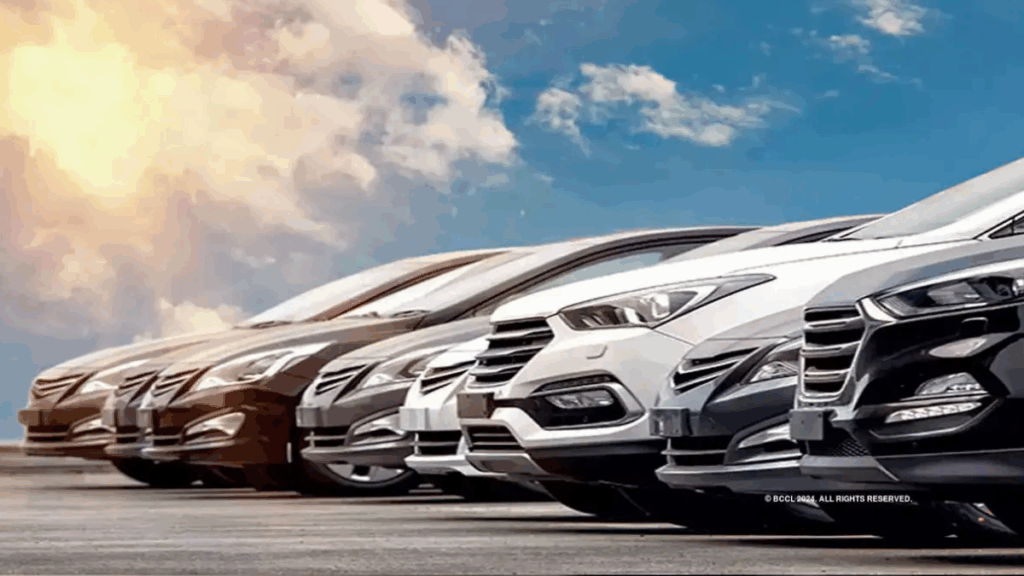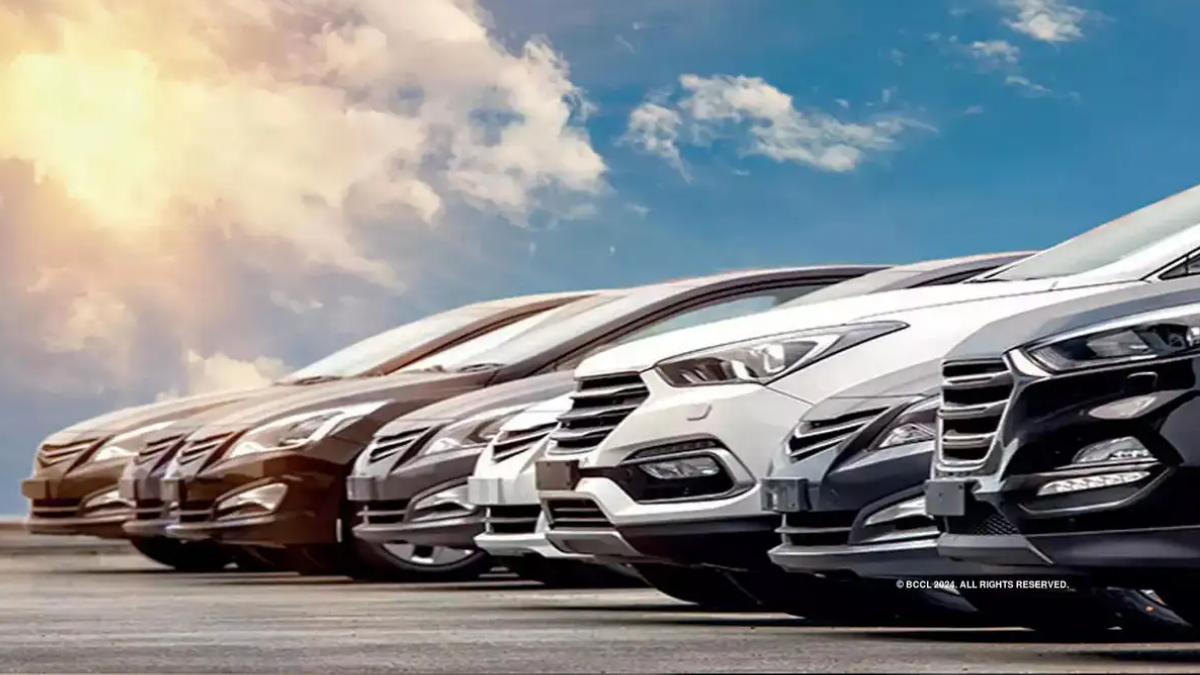India’s festive quarter is shaping up to be one of the strongest in recent memory for passenger vehicles. A new Grant Thornton Bharat study titled “Festive drive: What consumers want in their next ride” captures a confident, tech aware, and value seeking buyer who is ready to spend. With 2,800 plus respondents across age groups and cities, the survey indicates that easing taxes through GST 2.0, rising safety awareness, and a tilt toward hybrids are all converging to unlock demand right before Deepawali. Below is a clear, detailed rewrite of the findings with practical takeaways for shoppers and sellers.

Quick Summary
Item |
Details |
|---|---|
Survey name |
Festive drive: What consumers want in their next ride |
Sample size |
2,800 plus respondents across cities and age groups |
Purchase intent |
41 percent plan a vehicle purchase in the next 3 to 4 months |
Deferred demand |
72 percent postponed buying to wait for GST rationalisation |
Powertrain preference |
Hybrids 38 percent, Petrol 30 percent, EVs 21 percent |
Body style trend |
SUVs preferred by 64 percent of respondents |
Safety focus |
34 percent rank safety ahead of price and mileage |
Premiumisation |
35 percent willing to pay more for top trims – 65 percent accept a 10 to 15 percent premium |
Discovery channels |
52 percent use both online and offline – social media 35 percent and car apps 23 percent lead digital discovery |
GST impact |
Small car GST cut from 28 percent to 18 percent could reduce ex showroom costs by up to ₹1 lakh |
Festive retail lift |
PV retail up about 34 percent during Navratri 2025 on affordability and new launches |
Official site |
What Is Driving the Festive Upswing
1) Policy support through GST 2.0
Simplified taxes are boosting affordability. The headline example is the proposed reduction of GST on small cars from 28 percent to 18 percent which can shave as much as ₹1 lakh from sticker prices depending on model and variant. This is especially powerful in Tier 2 and Tier 3 markets where price sensitivity is higher and finance eligibility can hinge on a small difference in on road cost.
2) A more informed and aspirational buyer
Respondents are clearer about what they want and are prepared to pay for it. Over one third are leaning toward higher variants for features like six airbags, ADAS basics, larger screens, and connected services. Two thirds say a 10 to 15 percent premium is acceptable when the value is evident.
3) Hybrids as the practical bridge
With 38 percent preference, hybrids now outpace both petrol at 30 percent and EVs at 21 percent among respondents. Buyers see hybrids as a dependable way to cut fuel bills and emissions without depending on public chargers. This aligns with daily Indian driving cycles where frequent stop start conditions play to hybrid efficiency.
4) SUV dominance continues
SUVs remain the country’s default choice with 64 percent preference. The segment’s share in FY25 is estimated near 65 percent of PV sales compared to roughly 50 percent two years back. High seating, perceived safety, and road presence still rule the shortlist.
5) Safety moves to the front row
About 34 percent put safety before price and mileage. This is a meaningful shift that mirrors the impact of crash test transparency, regulation, and wider availability of features like ESC, six airbags, 360 cameras, and ADAS assistants.
6) Digital discovery shapes the funnel
Shoppers blend online and offline. More than half use both. Social media is selected by 35 percent and car apps by 23 percent as key discovery tools. Buyers compare variants, watch owner reviews, check finance calculators, and then use test drives for final confirmation at showrooms.
What This Means for Buyers
- If you postponed for GST clarity – The survey shows many did the same. Use this window to reprice your shortlist and factor in potential tax savings along with dealer festival schemes.
- If you drive mostly in the city – Hybrid options can reduce running costs without lifestyle changes.
- If family safety is top priority – Look for six airbags, ESC as standard, and verify crash ratings. Consider ADAS that suits your routes.
- If you are price constrained – Entry SUVs and premium hatchbacks may benefit the most from GST rationalisation. Combine exchange bonus, corporate benefits, and finance subvention to lower total outgo.
- If you want an EV – Stable interest rates and improving charging corridors help. Weigh battery warranty terms, real world range reviews, and home charging feasibility before booking.
What This Means for OEMs and Dealers
- Push hybrid and safety bundles that match consumer intent.
- Strengthen digital to showroom handoffs – enable seamless lead capture from social media and car apps with confirmed test drive slots.
- Use transparent finance calculators – help buyers visualise GST savings, EMI shifts, and extended warranty add ons.
- Prioritise Tier 2 and Tier 3 stock where GST cuts can trigger the largest demand swing.
- Lean into premiumisation – curated top trims with feature packs can lift margins while aligning with buyer expectations.
Key Numbers That Stand Out
- 41 percent ready to buy within 3 to 4 months signals a robust near term pipeline.
- 72 percent deferred purchases point to substantial pent up demand that could be released as soon as pricing stabilises.
- 34 percent growth in Navratri 2025 retail underlines how affordability plus fresh launches can rapidly convert intent into invoices.
Practical Buying Checklist for the Festive Window
- Shortlist three models with variant names – capture ex showroom, on road, and insurance.
- Ask dealers to show pre and post GST pricing impact where relevant.
- Bundle benefits – exchange bonus, loyalty, corporate schemes, finance subvention, accessories.
- Test ADAS on your typical roads – confirm calibration works for your use.
- Lock delivery dates in writing – add a clause for scheme validity until registration.
Frequently Asked Questions
Q1. How many people intend to buy a vehicle this festive season
A. About 41 percent of respondents plan a purchase within the next 3 to 4 months.
Q2. Did buyers delay purchases because of GST 2.0
A. Yes. About 72 percent deferred buying in anticipation of GST rationalisation.
Q3. Which powertrain is most preferred
A. Hybrids at 38 percent, followed by petrol at 30 percent and EVs at 21 percent.
Q4. Which body style leads the shortlist
A. SUVs with 64 percent preference, reflecting comfort, space, and perceived safety.
Q5. Are buyers willing to pay extra for features
A. Yes. More than 35 percent prefer higher variants and 65 percent accept a 10 to 15 percent price premium for richer features.
Q6. How are buyers researching cars
A. A blended approach. About 52 percent use both online and offline channels, with social media and car apps playing large roles.
Q7. How does GST 2.0 help affordability
A. Cutting small car GST from 28 percent to 18 percent can reduce acquisition cost by up to ₹1 lakh depending on model and configuration.
Q8. What was the festive retail trend during Navratri 2025
A. Passenger vehicle retail was up about 34 percent, supported by affordability, new launches, and upgrade demand.
Q9. Where can I read more about the survey
A. Refer to the Grant Thornton Bharat official website linked below.
Official Site
- Grant Thornton Bharat: https://www.grantthornton.in
For More Information Click HERE
